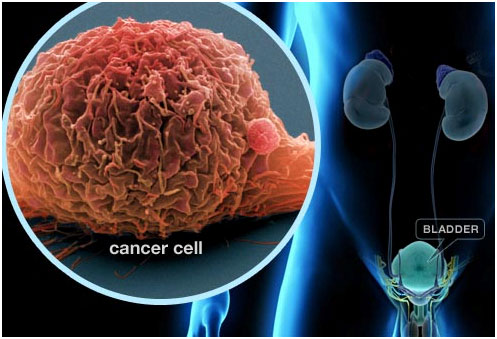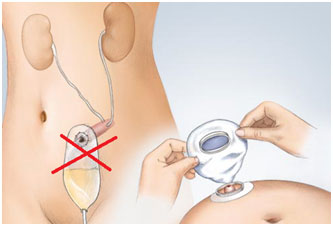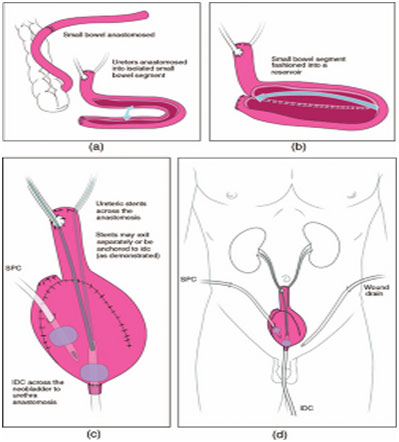Neo Bladder reconstruction for Bladder Cancer (No Stoma Surgery)
Urinary Bladder cancer is the 9th most common cancer in India. Men are more commonly affected than women. Most of them are in their 5th or 6th decade of life.
Proven Causes for Bladder Cancer:

- Smoking, exposure to certain dyes and chemicals like hair dyes, paints, printing inks
- Long term use of certain drugs like cyclophosphamide, phenacetin, pioglitazone
- Chronic irritation due to infection or stone disease
Transitional cell cancer type is the most common occurrence. Bladder has two layers of tissue, an inner superficial layer called Mucosa and outer deeper layer called Muscle layer.
Bladder cancer can be divided into 2 main groups for treatment purposes:
- Superficial Bladder Cancer, when it only involves the mucosa
- Muscle invasive bladder Cancer, when it penetrates to involve deeper muscle

Superficial Bladder Cancers are common and are easy to treat. It represents the early stage of Cancer where the tumour can be resected using cystoscopy (a thin tube with light and camera is passed thru the urinary passage into the bladder and the visualised tumours are removed). This procedure is called TURBT (Trans-Urethral Resection of Bladder Tumour). By this procedure the tumour can be completely resected and further recurrences and progression can be prevented by instilling certain medicines like BCG or Chemotherapy into the bladder using a catheter, as per schedule.
Muscle Invasive Bladder Cancer is less common and has a tendency to spread to lymph glands and other organs. This cancer needs extensive and aggressive treatment to cure or control the disease. Such tumours require more radical treatment that involves removal of the urinary bladder with draining lymph glands (Radical Cystectomy).

Normally urine from the kidneys, drain through tubes (ureters) into the bladder from where it will be excreted via urethra and genitalia. Following removal of the bladder the ureters will be attached to a small segment of small intestine which will be surfaced thru the abdominal skin where a bag can be attached for collecting the urine (Urostomy). Until a few decades ago this used to be the standard procedure for these cancers and these patients have problems like urinary spillage and urine smelling, frequent need for emptying the bag, social problems (swimming, undressing in public) causing huge mental and social stress leading to poor quality of life.
New Surgical Technique
A newer surgical technique called Neobladder Reconstruction (Neo means New) has become popular in western countries, which is now available in our country. In this technique, a slightly longer portion of the small intestine is designed into a reservoir, to which the ureters (tubes carrying urine from kidneys) are connected at one end while other end of the reservoir is connected to the urinary passage leading to the genitalia. This enables the patient to store urine in the neobladder and allows him to pass via-Naturalis at his will. The newly designed reservoir is shaped to match the capacity of the normal bladder with its preserved blood supply. As there is no defined musculature in the neobladder, voiding is facilitated by training these patients with certain manoeuvres with which they will learn to increase abdominal pressure while relaxing the external sphincter. Usually, within 2 -4 weeks these patients learn to control and void at will via Naturalis avoiding the need for a Stoma and giving a huge advantage socially, mentally and also a better quality of life.

Dr. N. Kathiresan, M.S, DNB, MRCS (Edin), MCh(Surgical Oncology)
Senior Consultant – Surgical Oncology
Kauvery Hospital

